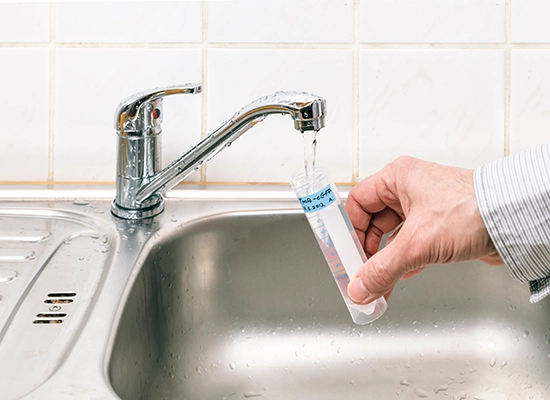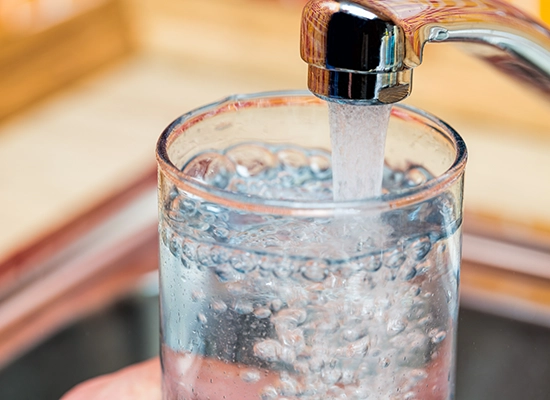Drinking Water Testing For Copper And Lead
Pace® provides comprehensive testing services for copper and lead in drinking water to help clients comply with regulations and keep their employees and the public safe. We work with a wide variety of customers, including schools, daycare facilities, Public Water Systems (PWSs), and the environmental/safety consultants who serve these organizations.

The Dangers Of Copper And Lead In Water
Thanks to years of use in construction, lead and copper are common drinking water contaminants. These two metals are especially problematic in older homes and businesses. The most frequent source of lead contamination is the corrosion of lead-containing solder, fixtures, and pipes within a building’s plumbing system. This corrosion can occur when the water has a low pH (is acidic) or has a low mineral content. Copper may also be found in older plumbing systems and is susceptible to corrosion.
How Are Copper And Lead In Water Regulated?
Copper and lead in drinking water are regulated by the United States Environmental Protection Agency (EPA). They may also be further regulated or impacted by various state and local drinking water regulations and building codes.
The Safe Drinking Water Act (SDWA) requires the EPA to regulate the water provided by Public Water Systems. This regulation does not cover homes and businesses supplied by private wells.
In 1991, the EPA issued the Lead and Copper Rule, which requires public water systems to control water corrosivity and to monitor for lead and copper levels in their distribution systems. The EPA has set Maximum Contaminant Levels (MCLs) of 1.3 ppm (parts per million) for copper and 15 ppb (parts per billion) for lead in drinking water.
If lead or copper levels exceed allowable levels, the system must take action to control corrosion. In addition, if lead levels are exceeded, the public must be informed about steps they can take to protect their health.

Choose Pace® For Lead And Copper Testing
With more than 40 drinking water labs across the country, Pace® is the go-to lab for the analysis of lead and copper in drinking water.
IMMEDIATE NOTIFICATION OF RESULTS
When safe drinking water limits for lead or copper are exceeded, we will notify you immediately.
CONFIDENTIAL
Pace® will never divulge client information to outside entities.
SELF-SERVICE ACCESS
Additional Resources
Need to find a lab that can handle your unique requirements?
Contact us directly or download our list of environmental certifications across our network.